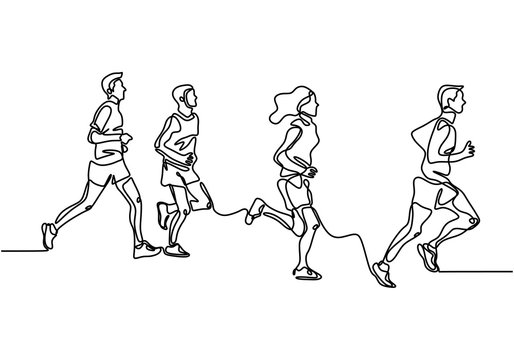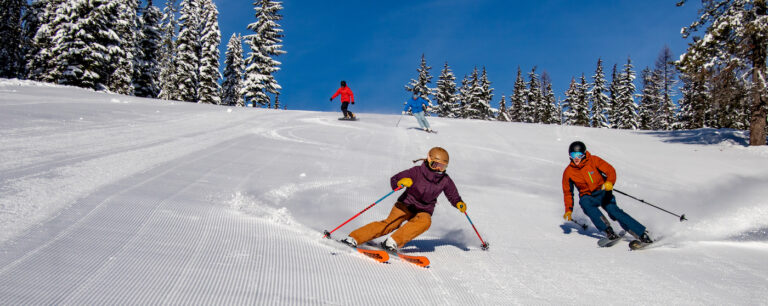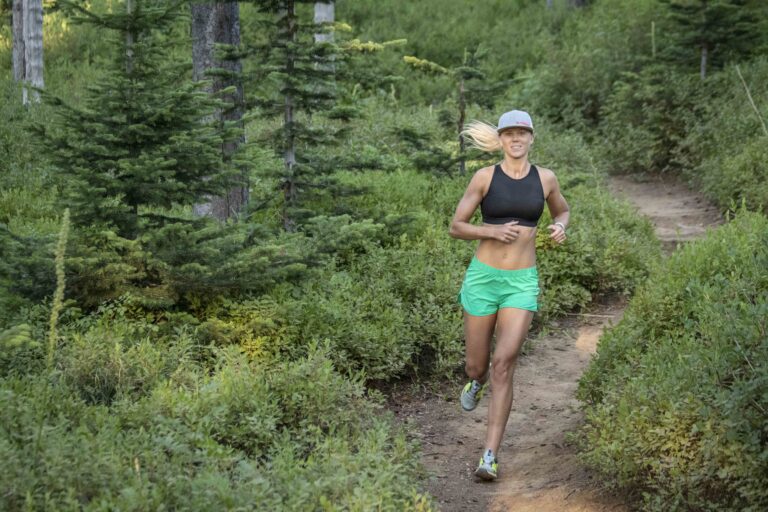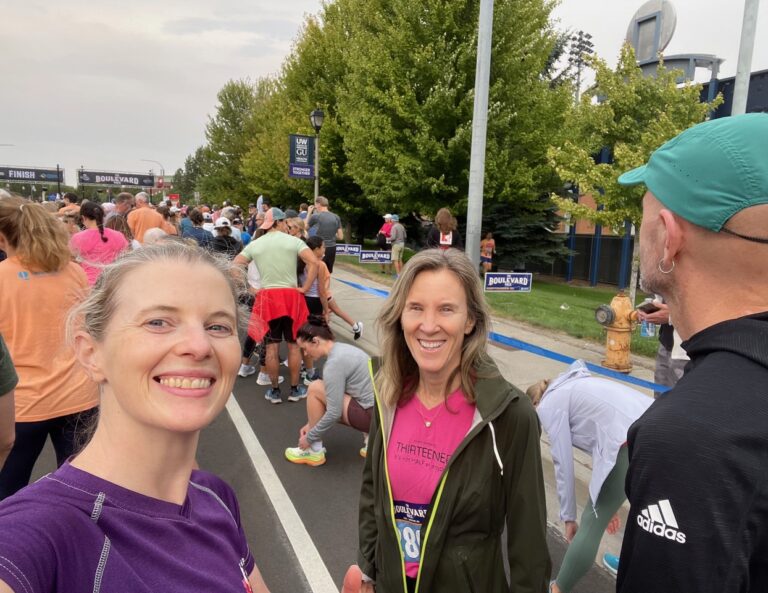By Sarah Hauge
If you’re a runner, you’ve certainly heard the refrain of the doubters. There’s one thing they are absolutely certain will happen to you: “You’ll destroy your knees.”
This is just one of the pervasive myths about running, and there are many others we tell ourselves. As with other lore, there’s often a kernel of truth in there—but the more nuanced picture leads to greater understanding. Here are a few common running myths, debunked.
“Running is bad for your knees.”
Short answer: Not true.
Nuanced answer: Running does not cause knee arthritis. In fact, studies show running can lower the risk of developing joint problems. Running also significantly improves overall health, benefiting the cardiovascular, respiratory, and musculoskeletal systems and decreasing the risk of everything from heart disease to osteoporosis and contributes to improved sleep and mood. That being said, damage to knees and other joints can result from running despite nagging injuries, resting inadequately, or overtraining. Ideally, you should increase your running volume by no more than 10 percent weekly.

You need a certain body type to run.
Short answer: Nope.
Nuanced answer: Among competitive athletes, there are trends; who hasn’t marveled at the quads of an Olympic sprinter? Still, there are variations even among those elite pockets of the population. Zoom out a little further, and you’ll see an even more vast array of shapes and sizes. Bloomsday finisher photos prove that runners come in all heights, weights, and body compositions. Regardless of body type, you should run appropriately to your level of fitness. To feel your best and avoid injury, it’s always a good idea to balance running with strength training, mobility work, and active stretching.
You’re not a real runner if you take walk breaks (or aren’t “fast,” or don’t do races, or…)
Short answer: Wrong.
Nuanced answer: You’re a runner if you run. That’s it! It doesn’t matter if you prefer a 15-minute mile pace, a 6-minute pace, or a run-walk mix. Competitive runners often do workouts that combine high-intensity intervals with low-intensity jogging or walking recovery. It’s an effective way to train. Other runners build up stamina by alternating running and walking intervals. You certainly don’t have to run fast to be a runner—and there are many benefits to long, slow distance. The goal is to run in a way that brings you joy and benefits your life and goals.
The right shoes will prevent injury.
Short answer: Shoes aren’t miracle workers.
Nuanced answer: The right shoes can help, but your musculature plays the biggest role in injury prevention, explains Trey Nichols, a physical therapist and founder of NW Movement Co. “Shoes are great,” he explains. “I’ve seen issues where I’ve attributed a lot of benefit to getting a different pair of shoes. But what makes the biggest difference is strength.”
Strong feet and ankles are the foundation of injury prevention. One of the best ways to build that strength, Nichols says, is to go barefoot. This might mean walking around the house barefoot or going barefoot while you cross-train. Barefoot training engages the foot and ankle musculature, improving stability and strength throughout the entire body. If you wanted to strengthen your back, you wouldn’t always wear a back brace. Similarly, wearing shoes all the time can limit foot and ankle strength development. “I’ve worked with a lot of patients who after becoming more aware of their feet and getting their feet stronger have unlocked their superpower,” Nichols says.
At the same time, wearing shoes that are right for your physiology and training goals is certainly beneficial. Visiting a running store like Fleet Feet for a gait analysis and fitting is a good practice for any runner.
Sarah Hauge is a writer and editor who lives in Spokane with her husband and two children. She’s looking forward to running a half marathon or two this fall.













